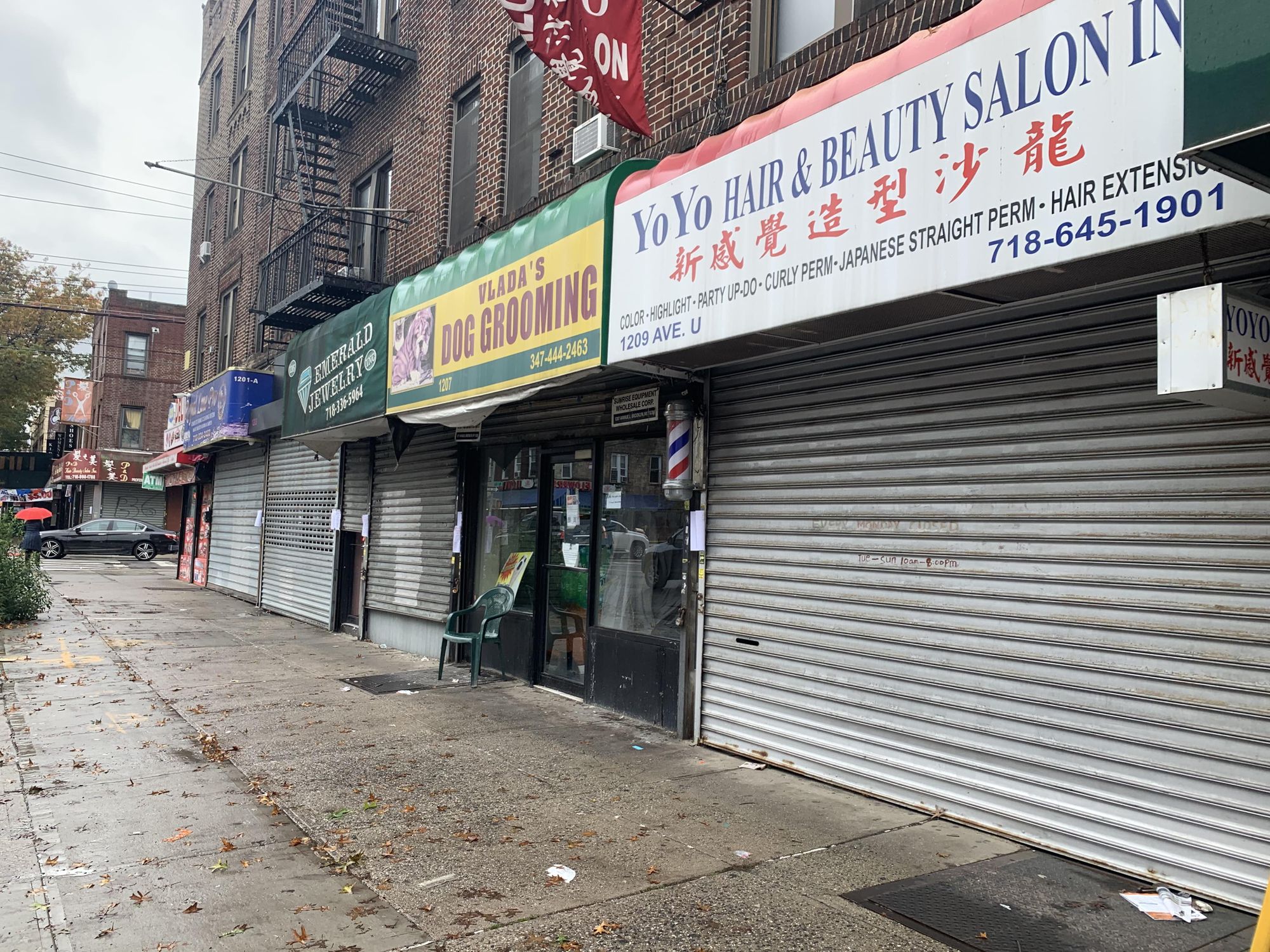OPINION: Keeping Retail Open Must Be Part of New York’s COVID-19 Response


As we venture further into the winter months, discussions about what we can do to prevent the spread of COVID-19 in New York continue. Now, in designing our strategy for the holiday season and beyond, we must take care to ensure that any response we make is founded firmly in what we’ve learned about this virus and how it spreads, so as to enable businesses to stay open, allow New Yorkers to keep working, and avoid placing undue burdens on our state’s working families.
After all, we’ve already experienced firsthand what effects blanket closures can have. New York was the hotbed for the initial outbreak of COVID-19 in the U.S., which in turn forced a full closure as health experts labored to learn more about this pandemic and what we can do to stop it. While this was an important first step, it is crucial now to recognize that thanks to those efforts, we are well-positioned to implement an informed approach that keeps businesses open and operating safely. This creates an opportunity for hard-working people across the state to continue to support their families.Retail stores and indoor shopping centers, for example, have revamped their in-store experience to help customers stay safe. They were quick to adopt mask-wearing rules as recommended by public health officials, and have since closely followed local capacity limits to ensure customers are safely distanced from each other while in a store.
Now, research is beginning to show how successful these efforts have been. The Centers for Disease Control and Prevention is attributing large portions of new COVID-19 cases to small, private gatherings, while a recent study from Yale University’s School of Management revealed that retail stores present a low risk for the spread of COVID-19. Further, that study also notes that forcing low-risk businesses like retailers to close could actually cause more harm than it would prevent.
Given this information, New York leaders like Governor Andrew Cuomo and New York City Mayor Bill de Blasio would be right to allow retail stores to remain open both within New York City and across the rest of the state instead of potentially resorting to another full-scale shutdown. They have so far maintained a more targeted approach designed to identify and address the actual sources of outbreaks, and it is one they should be careful not to stray from. Data shows that retail stores are not major sources for the spread of the virus in New York, and Governor Cuomo and Mayor de Blasio should continue to recognize that retail can stay open.
If retailers were forced to close again, the impact would be felt across New York. Small businesses in particular were devastated by earlier shutdowns, and estimates indicate that as many as one-third of small businesses have already been lost for good in New York City alone.
Of course, these small businesses and retail stores are major job providers for New Yorkers, and provide a valuable source of income at a time that many families are already struggling with long-term unemployment.
While earlier decisions about what businesses should be able to remain open during the pandemic relied mostly on what a store sells, future action should be rooted in identifying businesses that are doing what they must to keep people safe. It is clear that retail stores and indoor shopping centers are doing just that, and Governor Cuomo and Mayor de Blasio would be right to follow the course of action their counterparts in California, Governor Gavin Newsom and Los Angeles Mayor Eric Garcetti, did and allow retail stores to stay open.
While COVID-19 remains a major problem, we have learned so much about how it spreads and what we can all do to contain it. Many retail companies and similar businesses have shown that it is possible to begin reopening the economy in a way that also keeps people safe, and it is a roadmap we should continue to follow while we wait for a vaccine.




